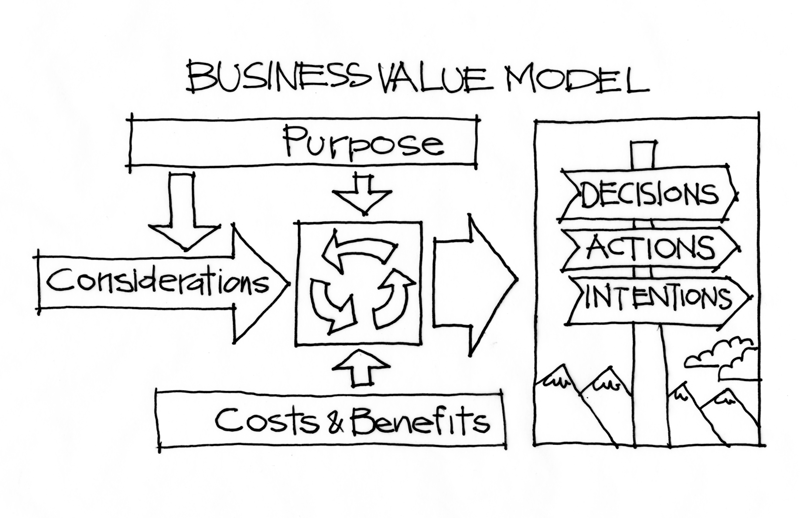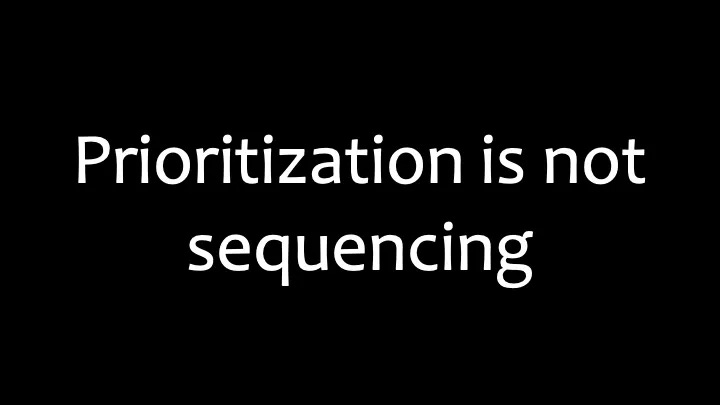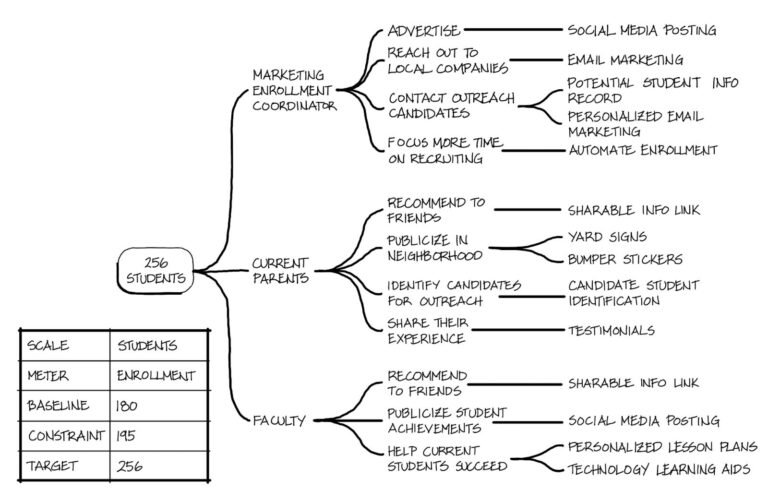How do I identify outcomes for a nonprofit?
Last week, I explained you can use North Star Metrics to measure impact. During that discussion, I pointed out the North Star Metric is a leading indicator of revenue.
As I was writing that letter, I heard this nagging voice in the back of my head.
All this talk of revenue is great, but what if you’re working in a nonprofit?
I suppressed that voice last week, but thought it was a good question so I wanted to take a closer look at the topic this week.
Can nonprofits have a North Star Metric?
Not for profit organizations have a specific mission they aim to accomplish. That mission is typically solving some sort of problem, usually for a constituency group.
Hopefully, a nonprofit organization has a clear metric they use to tell when they are accomplishing their mission. That metric is an ideal candidate to be the organization’s North Star Metric.
Remember that we said that a North Star Metric has three characteristics:
-
Leads to revenue – is a leading indicator for revenue growth
-
Reflects customer value – shows that your helping customers solve their problems
-
Measures progress – is measured over a short time frame (days or weeks) and provides a short feedback cycle.
Let’s take a look at each item
Leads to Revenue
Nonprofit organizations need to have money to operate, so revenue is an appropriate Key Performance Indicator (KPI) that they use to monitor the health of their organization.
Many nonprofits aren’t overly concerned with revenue growth as their main metric for success.
But if a nonprofit’s mission is explicitly to raise money to solve a particular problem, they are concerned about revenue growth.
For example the National Park Foundation’s mission is:
As the official nonprofit partner of the National Park Service, the National Park Foundation generates private support and builds strategic partnerships to protect and enhance America’s national parks for present and future generations.
The way they accomplish this mission is to raise money to fund a variety of programs.
If you look around the National Park Foundation’s website, the measurements you find are the amount of money they invested in a variety of programs. You don’t see any measures of the outcomes those programs generated.
Customer Value
At first glance, it may seem like nonprofits don’t have customers. But if you think of customers as the people you help solve problems, then a nonprofits constituents are a good stand in for customers.
Those constituents don’t necessarily buy anything from a nonprofit, but a constituent is certainly getting value from the organization.
If you think back to the National Park Foundation, the “customers” are the people who visit America’s National Parks.
Measuring Progress
You want metrics that give you short feedback cycles. However, the nature of the problems that many nonprofits try to tackle don’t lend themselves to being measured in days or weeks.
And that may be one reason why I feel compelled to go through this discussion about whether nonprofits can have a North Star Metric. Because frankly, you don’t see many non profits that measure outcomes, at least that they share publicly.
But I don’t think that means that nonprofits can’t establish North Star Metrics. They have to want to establish North Star Metrics.
Of course it could be argued that they need to know about North Star Metrics.
So here’s a look at North Star Metrics and outcomes specifically for nonprofits.
More on outcomes for nonprofits
Toward transparent metrics
More than 12,000 nonprofits are committed to Candid’s highest level of transparency and have earned a GuideStar Platinum Seal. In addition to communicating their mission and strategies and disclosing financial information, these nonprofits share quantitative data about their progress and results (such as how many program participants gained employment or reported improved health indicators). Organizations have shared more than 43,000 metrics, which demonstrate how nonprofits measure the difference they make in the world.
Why Nonprofits Must Think Differently About Measuring and Reporting Impact
In 2008, author and renowned philanthropy expert Dan Pallotta challenged nonprofits to find a better way to communicate organizational impact. More than a decade later, nonprofits still struggle to communicate how their work truly makes a difference.
Sheff Crowder & Jesica D’avanza explore how nonprofits should measure and articulate their impact and how they should communicate what social returns on investment look like.
Knowing your impact: a strategic plan as your north star
Third Plateau is a social impact strategy firm that partners with people and organizations that have game-changing ideas to improve the world.
As a company, Third Plateau is on a bold mission to make positive things happen for their clients, our community and the world around us. They do this by challenging each other to think big and take risks. Jonathan Kaufman, Third Plateau Principal shares some of Third Plateau’s unique culture and work.
The ultimate guide to nonprofit dashboards
While dashboards are pretty awesome — and awesomely pretty — things, it’s important to remember that it takes people and process to make data actionable.
The goal of this resource is to reduce the cost of creating dashboards (especially for those working for nonprofits and social impact organizations) while maintaining a high level of quality and clarity. Remember, the holy grail is not to create the ultimate 47-page dashboard that contains all of the things. The goal of any dashboard is to deliver the right data to the right people in the right time frame so that a business decision can be made.
How to Measure Nonprofit Impact with a Marketing Funnel Model
“Digital marketing” is a catchall term for the act of promoting services or products through media across varied digital channels.
When this term is applied to the nonprofit sector, all that changes is that the services and products are designed to provide a societal benefit, but this is where things begin to become more complicated for nonprofits than their for-profit counterparts: It’s clear for a company like Amazon or Etsy that the goal is to sell more items through their site.
A ‘win’ for a nonprofit’s website is to deepen an engagement with a set of stakeholders that leads to the long-term outcomes of the organization. While sometimes it may be as simple as driving more people to donate, it can become more difficult when dealing with driving awareness or behavior changes.
This resource will help you to measure your impact using one of our favorite tools, the marketing funnel.
Thanks for Reading
Thanks again for reading InsideProduct.
If you have any comments or questions about the newsletter, or there’s anything you’d like me to cover, just reply to this email.
Talk to you next week,
Kent






